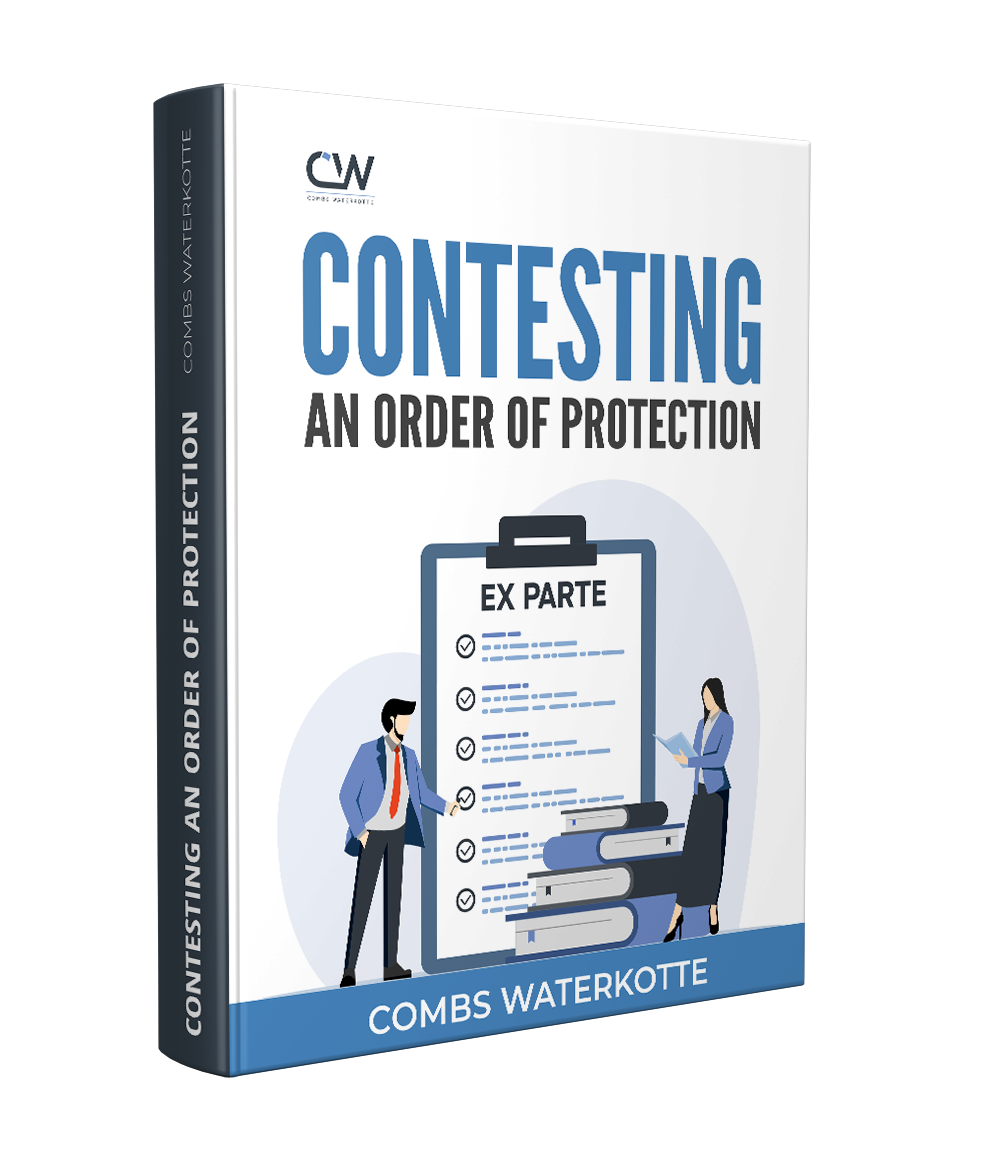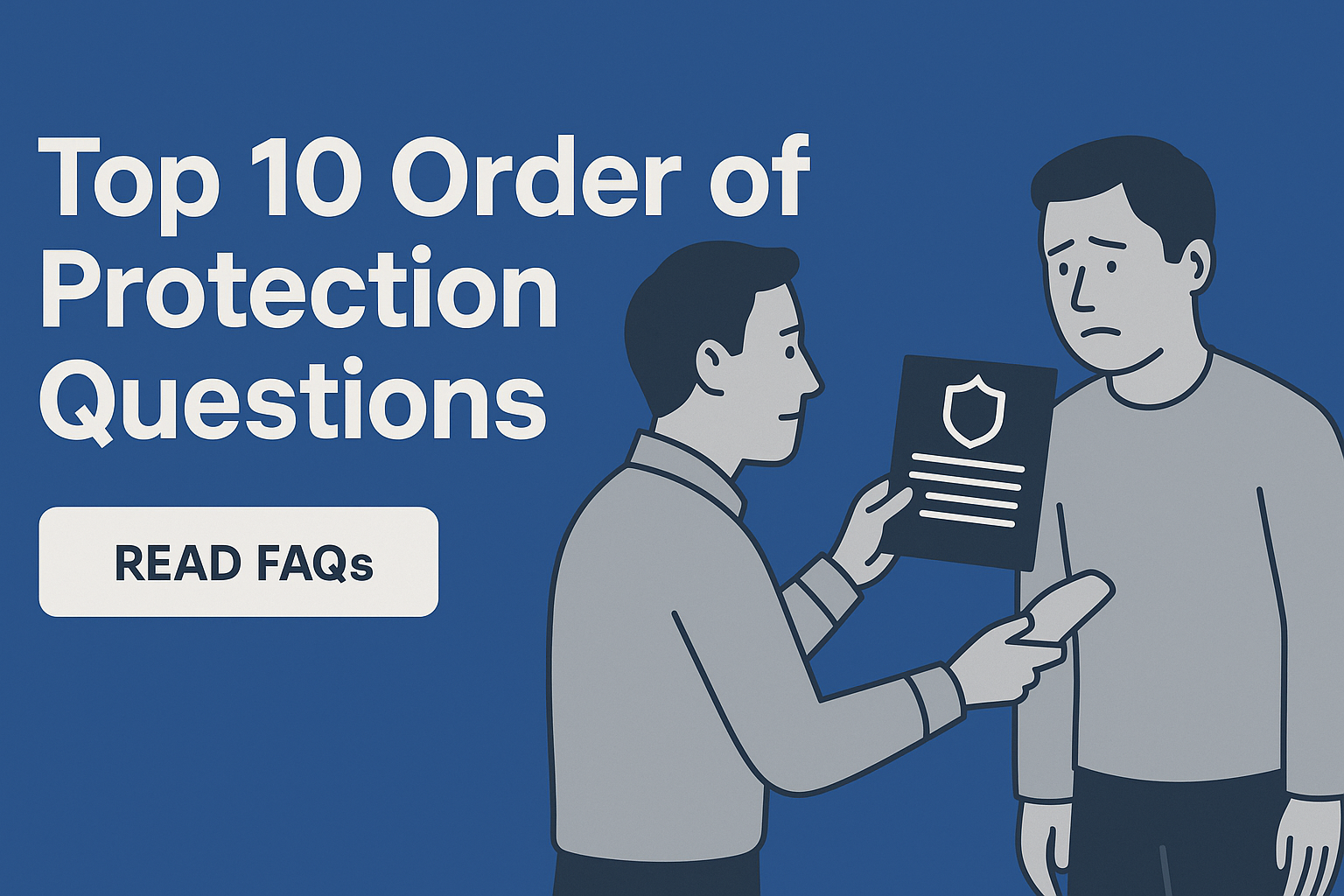What are the challenges of getting an order of Protection dismissed in Missouri? An Order of Protection (OP) is a legal measure to protect individuals from domestic violence or harassment in Missouri. However, obtaining an OP dismissal is a complex process that poses several challenges. For defendants, challenging an OP involves navigating through the legal system while dealing with the emotional and financial toll of the case. The first challenge is proving that the protection order was granted in error, which may involve showing a lack of evidence or demonstrating that the claims of abuse or harassment were false or exaggerated. Additionally, defendants must comply with the legal procedures and deadlines required for filing motions to dismiss, which can be intricate and time-sensitive.
Another significant obstacle is that judges often err on the side of caution when granting protection orders, and it can be difficult to reverse their decisions. The burden of proof lies with the defendant, who must provide compelling evidence that the order is unnecessary or unjustified. Emotional factors, such as the victim’s testimony, may also influence the court’s decision. As a result, the process of getting an OP dismissed is both legally challenging and emotionally taxing for all parties involved. Legal representation is critical in such cases to ensure that the defendant’s rights are adequately protected.

Free book
Telling Your Side of the Story: Contesting an Order of Protection
We specialize in defending individuals served with orders of protection in Missouri. We’ve published this ebook to help you understand the process, build a solid defense, and protect your rights.
Episode Transcript
Scott Michael Dunn: How can I get an order of protection dismissed?
Steve Waterkotte: We usually, as the respondent, don’t have that ability. There are some situations, there are some courts that allow us to file a motion to dismiss.
But, I always tell the respondent when they call us, our options are two fold, basically.
Number one, you either consent to this, which, they’re not calling me to consent. They could walk in the courtroom and sign a piece of paper saying, “No hearing. I agree with the order of protection,” right? That’s what a consent is. But there are two options. Basically consent or have a hearing.
Again, if they’re calling my office and they’re calling us for representation, usually they’re not consenting. There are a small percentage of cases where the evidence may be just so overwhelming that we would advise our client in those situations to consent and let’s try to mitigate this. We don’t want to have a hearing. Maybe there’s a criminal case at play because they’ve been charged with domestic assault, and we don’t want our client testifying.
So there are some situations in which we would advise our client to consent, but by and large, if they’re calling us and they’re hiring us, they’re not interested in a consent. They’re wanting to fight this and that’s what we do.
As far as the question of getting it dismissed, we don’t have that control. The petitioner does. They are the one who filed the order of protection. Only they can dismiss this. We have to be ready to walk in there. And I always tell our clients, “You hire us. This court date is two weeks from now. We’re gonna be ready to rock and roll. We’re gonna walk in there ready for a hearing. Ready to cross examine the petitioner, put on the testimony of our client, the respondent. And we’re gonna be ready for a hearing.
So we don’t necessarily control the dismissal. Petitioner does. And that happens from time to time. I’m allowed to talk with the petitioner. Sometimes I’m able to talk the petitioner into a dismissal. But at the end of the day, the petitioner controls that.
Scott Michael Dunn: Ah, interesting.
Chris Combs: Just quickly, there are a lot of strategies I’ve just seen him execute that I would have never thought of (and again, [that’s] why I don’t handle orders of protection).
You get served and that ex parte is in place. I’ve seen Steve negotiate where, “Let’s keep the ex parte in place for six months. If no issue, then would you dismiss?” So there’s all kinds of different strategies that Steve utilizes. Again, if you don’t do this day in and day out, you’re not going to know that’s even an option.
If you need Missouri’s leading order of protection defense team to defend your rights and freedom, speak to one of our attorneys today at (314) 900-HELP or contact us online for a free case review.




